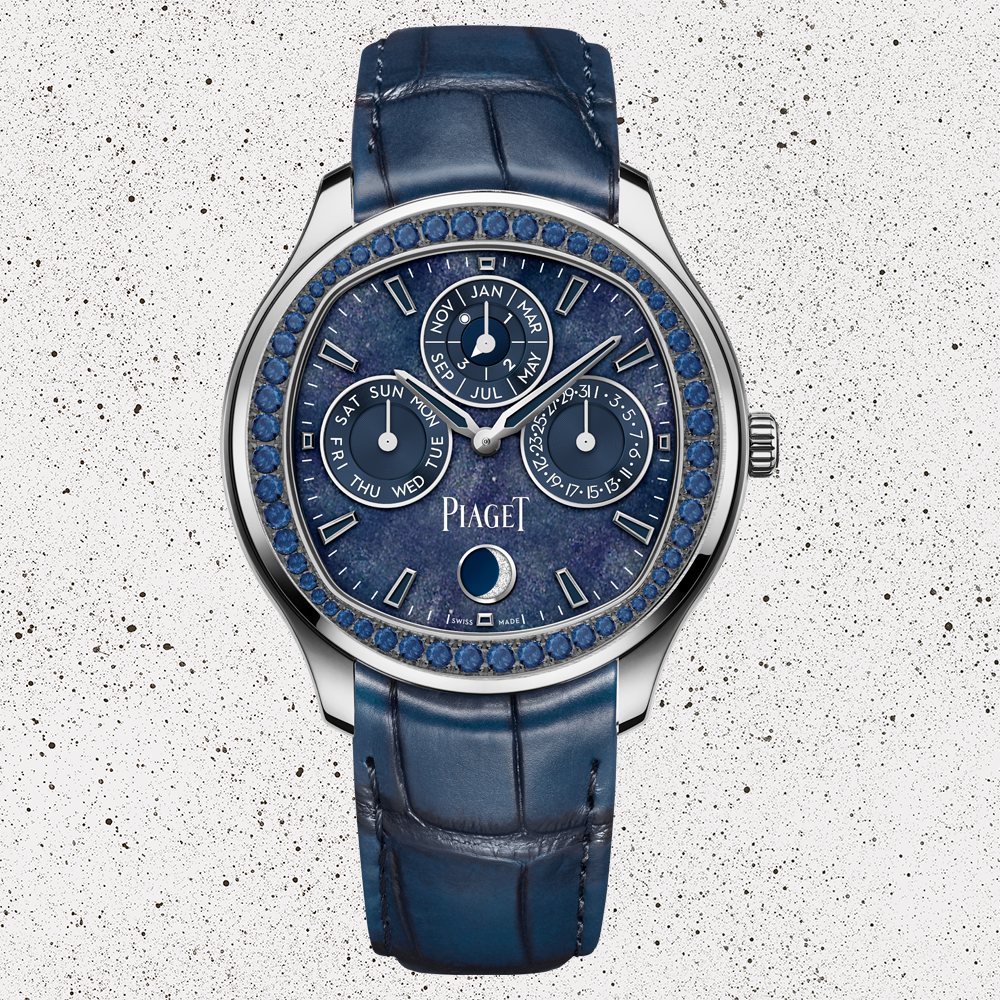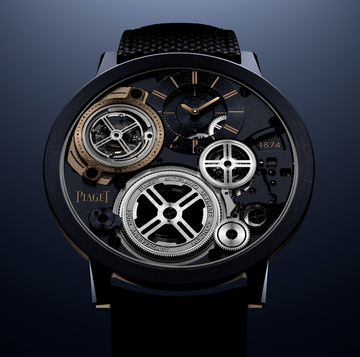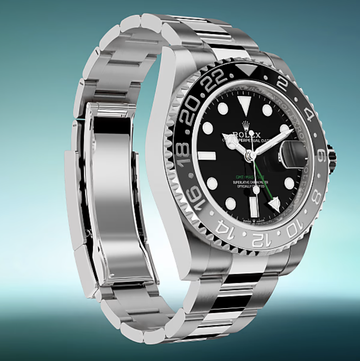The appetite for 1970s ‘luxury sports’ watches – usually made of steel, with bracelets built into their cases – shows no sign of dying down.
Brands have either reissued original models to capitalise on the trend, or come up with new ones that take their design cues from the industry-wide vogue from 50 years ago.
Fans of guess-the-next-watch-release had given short odds on Piaget following on.
It’s original Polo watch came out in 1979 and broadly followed the luxury sports template – though upped the ante by featuring an eye-popping stripey dial design that alternated between black and gold.
It weighed the same as a cricket ball, was powered by a then-prestigious quartz movement and went on to account for a third of the brand’s sales.
“The entire Polo philosophy can be summed up in one sentence: it’s a watch bracelet rather than a mere wristwatch,” Yves G Piaget said at the time.
Instead, the brand has spent the last few years locked into a bizarre arms race with Bulgari and Richard Mille to see who can produce the world’s thinnest watch. Perhaps it was still smarting from having its releases compared to cricket balls.
Today it continues to flex its technical chops with the release of the Polo QP Obsidienne.
An evolution of its existing 42mm perpetual calendar model, designed to advance the day, date and year correctly, it features hours and minutes, a moon phase indicator at 6 o’clock, a month indicator at 12 o’clock and a day indictor at 9 o’clock.
The USP this time round is that its dial colour is achieved by the inclusion of silvery obsidian, a mineral that naturally occurs in volcanic glass formed by lava.
Favoured for its brittleness and its toughness, obsidian has been employed in everything from surgeon’s scalpel blades to the plinths for Technics turntables.
The Polo QP Obsidienne also features white gold set blue sapphires, and comes on a blue alligator strap.
It’s perhaps not what you’d describe as an everyday watch. But in refusing to join in with the 1970s throwback trend so popular elsewhere, presumably that is exactly the point.
£53,000; piaget.com












